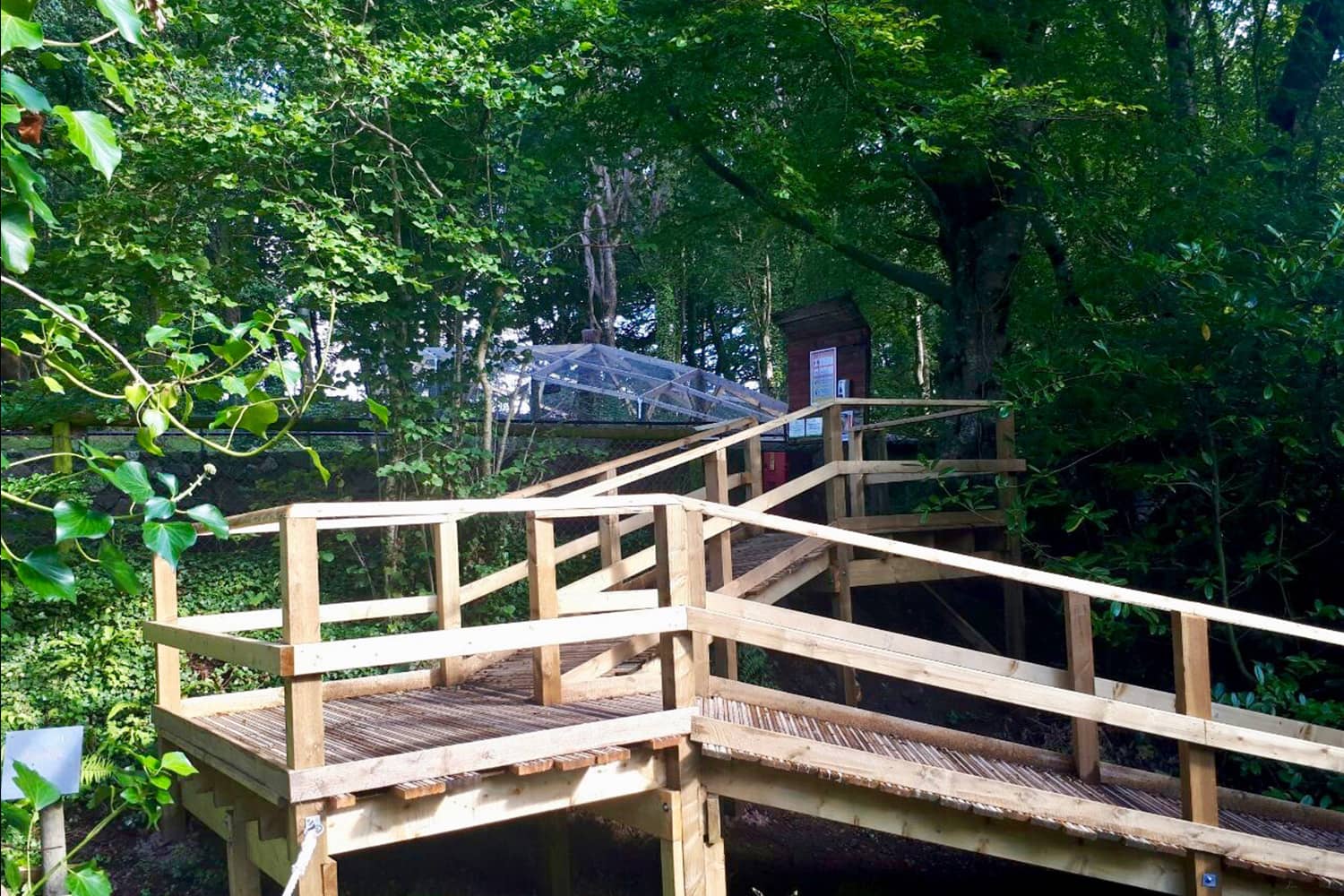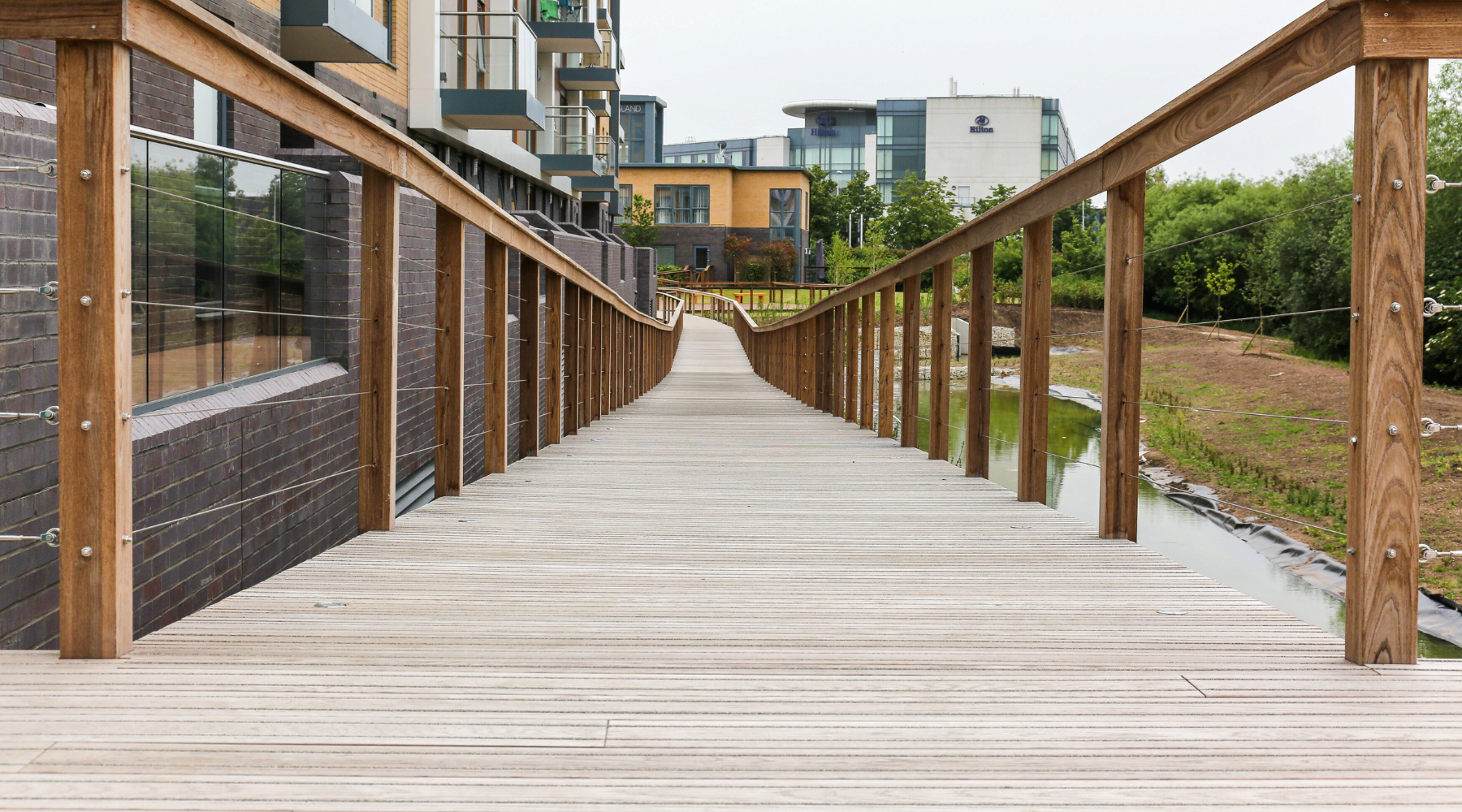According to the Office for National Statistics; in 2021, 17.7% of the total population in the UK were considered disabled or had a long-term health problem that limited their day-to-day activities. Although this percentage has decreased since the 2011 census, there are around 9.8 million physically disabled people in the UK.
This calls for a more effective approach to increasing accessibility in outdoor spaces such as paths, bridges, walkways and decks. According to a government report on building for equality; the British Standards Institution is developing new standards to help provide more comprehensive guidance on “increasing accessibility in the external environment and buildings”.
The same report identifies that the latest version of BS8300 (Design of buildings and their approaches to meet the needs of disabled people) would be the most up-to-date guidance and does not cover all considerations for accessibility; especially for outdoor structures.
Accessible outdoor spaces and accessible decking structures take into account that some people have mobility issues and consider the needs of wheelchair users so that everyone can make use of the decking structure with peace of mind that it’s safe and useful for its intended purpose.
The UK-based charity Paths for All has published extensive guidance on outdoor accessibility for boardwalks, ramps and decks which is extremely useful for architects, builders and designers looking to improve the accessibility of a project.
We have summarised parts of this guidance to help give you an idea of what is required to make boardwalks, ramps, decks and other outdoor structures more accessible

